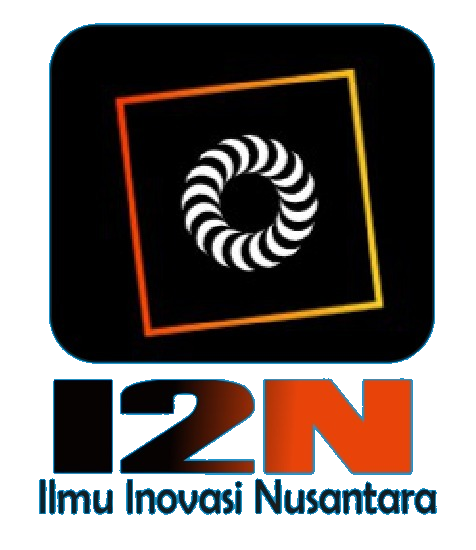Breaking the Taboo: The Role of Visual Metaphors in Reshaping Profanity in Online Communication
DOI:
https://doi.org/10.58557/(ijeh).v5i3.340Kata Kunci:
Conceptual metaphor; Multimodal metaphor; Visual metaphor; Digital communicationAbstrak
This study explores the transformation of Chinese profanities into visual symbols within internet culture, specifically examining the metaphorical processes through which offensive language is reinterpreted as socially acceptable symbols. The research addresses the gap in existing literature by applying Conceptual Metaphor Theory and Multimodal Metaphor Theory to understand how profanities, such as the term “操” (cào), are metaphorically mapped onto non-offensive symbols, like “草” (cǎo) and plant emojis. The study investigates two key questions: (1) How do profanities transform into visual symbols through metaphorical mappings? and (2) How do multimodal metaphors, combining text and images, reinforce or diminish the original meaning of these profanities? Using a qualitative approach, the paper identifies three core metaphorical mechanisms: phonetic metaphors, imagery metaphors, and metonymic substitution. The findings reveal that visual metaphors play a crucial role in bypassing censorship, retaining emotional intensity, and facilitating social communication in digital spaces. The study’s theoretical contribution includes extending Conceptual Metaphor Theory to visual and multimodal symbols and proposing a “three-stage transformation” model (language symbol → multimodal mapping → cultural appropriation). This research provides insights into the cognitive, cultural, and social processes behind the evolution of language in the digital age and suggests that visual metaphors offer a powerful tool for reshaping online communication within cultural and censorship constraints
Referensi
Barranha, H., Ribeiro, A. P., & Pereira, R. (2016). Towards the metaphorical transformation of urban space: Digital art and the city after web 2.0. Revista Digital do LAV, 3370.
Bowdle, B. F., & Gentner, D. (2005). The career of metaphor. Psychological review, 112(1), 193.
Chorianopoulos, K. (2021). Metaphors to die for: Digital transformation for learning and work. BibBase.
Forceville, C. (1996). Pictorial Metaphor in Advertising (1st ed.). Routledge.
Hoskins, A. (2011). Media, memory, metaphor: Remembering and the connective turn. Parallax, 17(4), 49-56.
Jankowiak, K. (2020). Normative data for novel nominal metaphors, novel similes, literal, and anomalous utterances in polish and English. Journal of Psycholinguistic Research (49): 541-569.
Jankowiak, K., M. Naranowicz & K. Rataj. (2021). Metaphors are like lenses: Electrophysiological correlates of novel meaning processing in bilingualism. International Journal of Bilingualism (25): 668-686.
Jay, T. (2009). The utility and ubiquity of taboo words. Perspectives on Psychological Science, 4(2), 1-10.
Jones, R. H., Chik, A., & Hafner, C. A. (2015). Discourse and digital practices: Doing discourse analysis in the digital age. Routledge.
Lakoff, G., & Johnson, M. (1980). Metaphors we live by. University of Chicago Press.
Larsson, S. (2017). Conceptions in the code: How metaphors explain legal challenges in digital times. Springer, 33-45.
McMullen, J. L. (2012). Metaphors and morality: Are digital media epistemologically compatible with moral socialization? Explorations in Media Ecology, 11(3-4), 325-334.
Mu Junfang, Zhu Jie, Gao Yuexin. An Analysis of Metaphorical Semantic Generalization of Cì Kè in Social Media. Journal of Chongqing Jiaotong University Social Sciences Edition, 2024, 24(5): 104-112.
Owoseni, A. (2023). What is digital transformation? Investigating the metaphorical meaning of digital transformation and why it matters. Digital Transformation and Society, 4(2), 108-125.
Van den Boomen, M. (2014). Transcoding the digital: How metaphors matter in new media. The Open Digital Media, 14, 167-189.
Wyatt, S. (2021). Metaphors in critical Internet and digital media studies. New media & society, 23(2), 406-416.
Unduhan
Diterbitkan
Cara Mengutip
Terbitan
Bagian
Lisensi
Hak Cipta (c) 2025 Xiaofei Zhao, Jinlin Wang

Artikel ini berlisensiCreative Commons Attribution-ShareAlike 4.0 International License.














